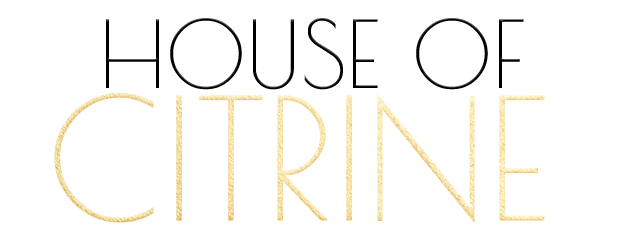By: Molly Helfend
When in doubt, use nettle. This phrase is what you could call the manual for herbalists, as we all bless the earth for allowing this tonic green goddess to thrive. Perennial and represented with the element of Fire, and known as one of the Chinese “long life” herbs, nettle is a member of its own family, the Urticaceae. Its infamous sting is the juxtaposition of medicinal healing and unfriendly irritation. Nettle is a favorite for all around remedies and is an excellent safe tonic herb that is effective and reliable for almost anyone. It's also highly nutritious and can also be eaten raw or cooked, adding a mild unique tang (similar to spinach) to almost any meal. Nettles grow throughout the United States and Canada, preferring temperate climate and semi-shaded, moist environments such as around stream and river banks. They also flourish around distressed land with high nitrogen levels left in the soil, such as along rail road tracks, at the edge of woods, or in abandoned farm fields. If you wish to grow them yourself, try to mimic these conditions in the garden. Nettles are hardy growers that should be glorified for their apt abilities to adapt to landscapes and provide salubrious nutrition to us.
Phytochemistry: Organic acids, vitamin A, C and K, calcium, potassium, magnesium, iron, protein, formic acid, beta-carotene, chlorophyll
Herbal Actions: Anti-inflammatory, tonic, diuretic, astringent
How to Prepare: Tea, tincture, poultice/compress, capsule, urtication*, eaten fresh, dried or infused in vinegar, olive oil and honey, brewed in beer, fabric (finer than cotton or linen)
What to Use For: anemia, debility, arthritis, allergies, eczema/psoriasis, chemical sensitivities, hair and scalp, growing pains, depleted constitutions, kidney and liver function, metabolism, reproduction
Growing Conditions: Semi-shaded with fertile moist and rich soil. Easily propagates in Spring or Autumn.
Harvesting Methods: Leaves are best harvested in Spring - if harvesting for medicine, it is preferred to harvest before the flowers open. Flowers are best harvested in early July (depending on growing conditions). Be cautious when harvesting, as the sting can be painful if you are not used to it. Chose to wear gloves or approach the plant with strength and affirm your purpose. Find mutual respect and it should leave you be. However, the sting will disappear once it is cooked, chopped or after a few hours of drying.
Parts of Plant Used: Leaves, seeds, roots
This information is not a replacement for a medical professional, so please consult before treating yourself or others with this or any other herbal remedy.
Recipes featuring Nettle
Nutritious Herbal Seasoning
- 1/2 cup of dulse flakes or powder
- 1/2 cup of dried nettle leaves
- 1/4 cup of dried oregano
- 1/8 cup of garlic granules
- 3 tablespoons of Himalayan salt
- 2 tablespoon of lemon peel
Toss all ingredients into a bowl and mix well together. Once finished, grind in a food processor or mortar until it resembles a fine salt blend. Use in place of table salt to season any dish such as popcorn, rice, salad, vegetables or on my favorite, homemade soup! Feel free to experiment with your favorite flavors or nutritive combinations with the base of dried nettle leaf and ground seaweed.
Wild Greens Spring Pesto
- 1 handful of nettle
- 1 handful of lambs quarter
- 1 handful of chickweed or miners lettuce
- 1 handful of arugula or spinach
- 1/2 handful of basil
- 1 or 2 cloves of garlic
- 1/4 cup of olive oil
- 1 whole lemon
- 1/2 cup of sprouted sunflower or pumpkin seeds
- about 6 sprigs of sage
Throw all of these ingredients in a food processor or blender. My absolute favorite over zucchini noodles or smashed and served over a baked sweet potato.
Molly Helfend is part of the HOC team and is an herbalist and environmental activist. She graduated from University of Vermont in 2016 with a Bachelor of Science in Environmental Studies and a concentration in Holistic Health. She will be attending University of Kent in Canterbury, England to receive her Masters Degree in Ethnobotany in 2017. She has worked for Urban Moonshine, Greenpeace and received her training with Spoonful Herbals. Her goal is to receive her PHD and become a professor at University of California Santa Cruz. Molly resides in Monte Nido, California.










